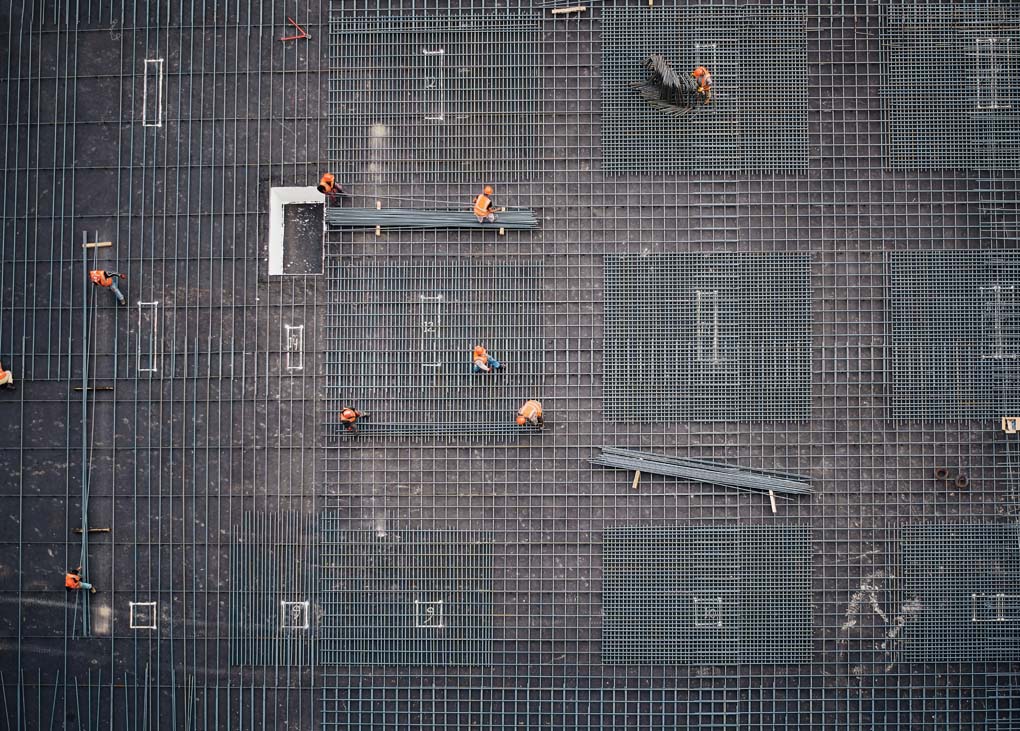A new white paper is encouraging leaders from government and industry to use the COVID-19 recovery to transform our traditional construction processes.
“The global construction industry cannot continue operating the way it does,” write co-authors Sumit Oberoi and Alain Waha in the paper, titled Industrialised Construction: The Rebound from COVID-19.
“Even before the COVID-19 pandemic struck, disrupting the sector’s supply chains and halting activity on some projects, the construction industry was weakening. The current issues include labour shortages, rising material and employee costs, increasing project complexity and the need to adopt more significant safety measures. Furthermore, the adoption of technological advancements seems to be harder and slower than in any other sector.
“COVID-19 will have a long-lasting impact on the global economy, which will highlight further the precarious position of the construction industry. To ensure the industry is better prepared for future global economic, climate, cultural turmoil, it needs to move towards a model of industrialised construction.
So what is industrialised construction?
Although industrial building methods such as prefabrication and modular construction have been around for many years, industrialised construction is a broader concept. It encompasses systematic control of the total supply chain – from design, fabrication, and manufacture, to installation and management.
Drawing upon ideas from a global panel of industry and academic leaders, the paper presents 21 recommendations for how to transform the building and construction process.
These are framed around four areas:
- Better integrating the different phases of the construction model
- Using COVID-19 stimulus funds to invest in and catalyse innovation
- Unearthing cutting-edge supply chains
- Prioritising high-performance, low-carbon buildings.
A new world for HVAC&R professionals
Looking specifically at the supply chain, the paper notes that most buildings are still created by tradesmen and structures conceived in the middle age: joiners carpenters, tilers, and roofers; and in the modern-day, HVAC specialists, plumbers and electricians.
This specialisation means that buildings “come together” under a prime contractor without much opportunity for rationalisation in assembly, or labour provision, or for optimisation at systems level and around multi-function components.
Industrialised construction would see mechanical services better contemplated in the design phase with the help of tools such as building information modelling and digital twinning.
“We are talking about a prime contractor who becomes an ‘assembler’, orchestrating and mobilising an industrialised supply chain; taking on the role of setting up the digital platform,” says Oberoi.
“They will engage the specialised trades to be part of the process from the start.”
The paper predicts that the change will also bring a wave of mergers and acquisitions. This will enable companies to quickly bring together the talent of disparate, trade-based, sub-contractors and suppliers.
Oberoi – who is also the Executive Director of the AMCA – says HVAC&R professionals can benefit from the new model.
“Design and trade practitioners working in an integrated manner will harness industrialised construction through adopting activities that are through specialisation, move to production mindset through standardisation, automation of standardisation and digital enabling as the final industrialised construction process.”
To read the white paper, click here.
 Mark Vender
Mark Vender


Leave a Reply